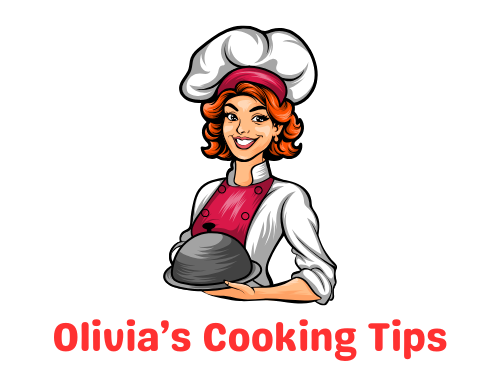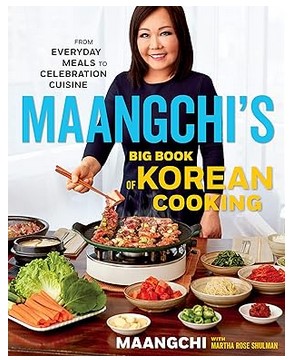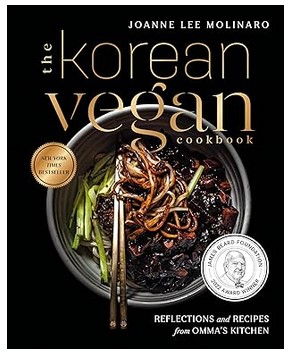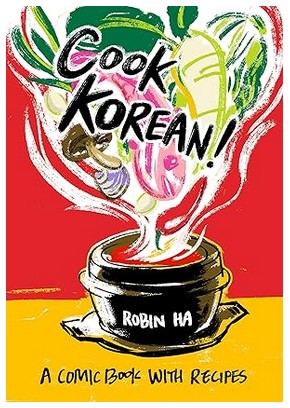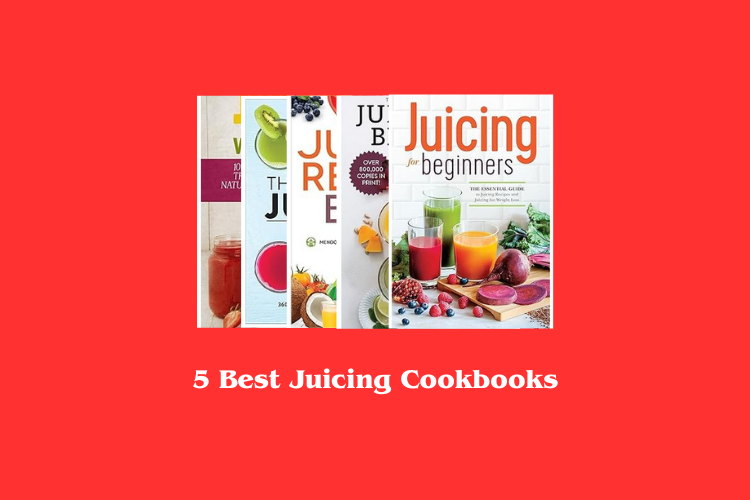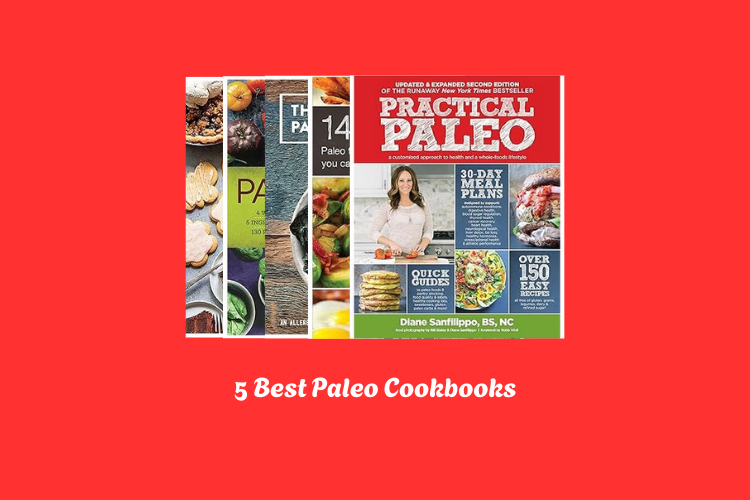5 Best Korean Cookbooks to Spice Up Your Kitchen
Korean cuisine offers a vibrant mix of bold flavors, fresh ingredients, and unique cooking techniques. Dive into this rich culinary tradition with the right cookbook that brings authentic recipes straight to your kitchen.
From spicy kimchi to savory bulgogi, these Korean cookbooks serve as perfect guides for both beginners and seasoned cooks. Each book shares clear instructions, cultural insights, and delicious dishes that capture the heart of Korea’s food culture.
Discover recipes that balance heat and sweetness, crunch and softness, all while introducing you to new ingredients and cooking styles. These five Korean cookbooks make cooking approachable, fun, and rewarding.
Whether cooking for family or hosting friends, these books add a flavorful twist to your meals. Enjoy the journey through Korea’s vibrant tastes and aromas with these must-have cookbooks.
5 Best Korean Cookbooks 2025
1.
Cookbook Overview
Maangchi’s Big Book of Korean Cooking
This book comes from Maangchi, known as “YouTube’s Korean Julia Child.” She is famous for sharing Korean cooking online. This book gives a full view of Korean food culture. It includes many popular dishes like Korean barbecue, bulgogi, bibimbap, and fried chicken.
Maangchi’s book is special because it also shows recipes not usually found in other Korean cookbooks. For example, it includes vegan dishes from Buddhist temples and creative street food snacks.
The book shares the secrets of healthy Korean lunch boxes that moms make for their kids. Each recipe keeps the original taste but with updates to make cooking easier.
The book is perfect for anyone who wants to explore Korean food in detail. It covers everything from soups and stews to different types of kimchi. The author uses clear photos to show what ingredients to use and how to cook each step.
Features
Wide Range of Recipes
This cookbook includes many Korean dishes. It has party foods like sweet, spicy baby back ribs and homemade clear rice liquor. You will also find side dishes that match every meal. Soups, hotpots, and stews are explained well, including bone broth and tofu stew.
Step-by-Step Cooking Techniques
Each recipe shows clear steps. The book has many photos that help readers understand how to prepare and cook the dishes. These pictures show the right ingredients, cooking tools, and final presentation.
Special Focus on Korean Culture
The book goes beyond recipes. It talks about the food culture of Korea. Recipes come from different places and traditions in Korea. For example, it includes meals made by street vendors and food from mountain temples.
Detailed Kimchi Section
Kimchi is a famous Korean dish made from fermented vegetables. This book has a full chapter just about kimchi. It teaches how to make many kinds of kimchi and explains their flavors.
Beautiful and Practical Design
The book has colorful, high-quality photos on almost every page. These images make the book fun to read and easy to use. They guide readers through cooking Korean food step by step.
2.
Cookbook Overview
The Korean Vegan Cookbook by Joanne Lee Molinaro
This cookbook stands out for its unique approach to Korean food. Joanne Lee Molinaro, known as @thekoreanvegan online, combines storytelling with recipes. Her book features both traditional Korean dishes and vegan versions of popular meals.
She shares personal stories about her family and culture, making the book more than just a recipe collection. The Korean Vegan Cookbook includes recipes like Jjajangmyun (black bean noodles) and Gamja Guk (potato and leek soup).
Some recipes honor her family’s history, like the Chocolate Sweet Potato Cake inspired by her mother’s journey. The book has gained recognition from many food experts and media outlets for its flavor and meaning.
Features
Plant-Based Korean Recipes
The book focuses on vegan dishes, proving Korean food can be fully plant-based without losing taste. Common ingredients include doenjang (fermented soybean paste), gochujang (chili sauce), and dashima (seaweed). These add depth and umami, keeping the food rich and satisfying.
Personal Stories
Each recipe links to a story about Joanne’s family and Korean immigrant experience. This adds emotional depth and cultural insight. Readers get more than just cooking instructions; they get a glimpse into Korean life and values.
Easy-to-Follow Instructions
The recipes use simple language and clear steps. This helps non-native English speakers and beginners to cook with confidence. Ingredients are familiar and easy to find in many markets or online.
Recognized and Awarded
The Korean Vegan Cookbook is praised by many food websites and magazines. It was named one of the best new cookbooks by Epicurious, Eater, and others. This shows the book’s quality and popularity worldwide.
3.
Cookbook Overview
Simply Korean: A Beginner’s Friend
Simply Korean makes Korean cooking easy. This book suits people who want simple recipes without complicated steps. It teaches how to cook well-known dishes like fried rice, bulgogi (marinated beef), kimchi (spicy fermented cabbage), and more. The book also shows how to prepare small side dishes called banchan and how to host a Korean BBQ party at home.
Focus on Authentic Flavors
The cookbook uses clear instructions and easy methods. It helps keep the true taste of Korean food. The recipes use fewer ingredients but still deliver rich flavor. This book helps home cooks enjoy Korean street foods like tteokbokki (spicy rice cakes) and hotteok (sweet pancakes) without visiting Seoul.
Features
Simple and Clear Instructions
Every recipe in Simply Korean gives step-by-step guidance. The language stays simple, which helps beginners follow without confusion. This feature reduces mistakes and builds confidence in cooking Korean dishes.
Essential Korean Ingredients Explained
The book introduces basic Korean ingredients such as gochujang (red chili paste), soy sauce, and sesame oil. It explains how to use and store them. Knowing these ingredients helps cooks prepare food that tastes close to the restaurant versions.
Time-Saving Tips for Home Cooking
Simply Korean shares shortcuts to save time in the kitchen. It shows how to boost flavors without long cooking hours. These tips help cooks prepare meals quickly, perfect for busy days.
Easy Formulas for Korean Sauces
The book gives simple formulas to make sauces used in many Korean recipes. Sauces add depth and taste to dishes. Learning these formulas makes it easy to mix different flavors and try new recipes.
Variety of Recipes for All Occasions
From quick snacks to full meals, this cookbook covers many dishes. It includes recipes for family dinners, casual meals, and parties. This variety makes it a handy guide for anyone who loves Korean food.
4.
Cookbook Overview
Introduction to Korean Cooking
This cookbook uses a fun way to teach Korean food. It looks like a graphic novel, mixing stories and comics with cooking instructions. The pictures show each step clearly.
The book has 64 recipes that cover many Korean dishes. From simple kimchi to tasty beef and rice meals, the recipes are easy to follow.
Who Can Use This Book
Anyone can use this cookbook. Beginners will find it friendly and not too hard. People who already know some Korean cooking will enjoy the new ideas and personal stories. The author shares memories and culture, making the book more than just recipes. It feels like cooking with a friend.
Features
Easy to Understand
The cookbook explains every step with words and pictures. Each recipe has a small comic strip. These show ingredients and how to cook them. This style makes learning fun and clear. The instructions avoid complicated words.
Variety of Recipes
This book covers many Korean foods. It has traditional meals and some new takes. Recipes like soy garlic beef over rice and seaweed rice rolls appear. The mix gives readers choices for any meal or taste.
Cultural Insights
Stories and facts about Korean culture come with the recipes. The author shares her personal experience with the food and its history. These details help readers understand the dishes better. It adds a special touch to cooking.
Handy Ingredient Guides
The book includes profiles of common Korean ingredients. This helps cooks know what each item is and how to use it. It makes shopping and cooking easier, especially for those new to Korean food.
5.
Cookbook Overview
About the Authors
Sarah Ahn is a popular food creator on social media. She cooks with her mother, Nam Soon, who has many years of kitchen experience. Their videos show real moments between a mother and daughter cooking together. This cookbook brings those moments to life with more than 100 family recipes and kitchen tips.
What Makes This Cookbook Special
This book is not just about recipes. It tells stories and shares advice from one generation to the next. Readers get to see the bond between Sarah and her mother. It feels like cooking with family, not just following instructions.
Features
Detailed Ingredient Guide
The book explains Korean ingredients clearly. It guides readers through what to buy at a Korean grocery store. It covers pantry items, fresh vegetables, and proteins. This helps readers feel confident buying and using new ingredients.
Wide Range of Recipes
Recipes in the book include both traditional and modern Korean dishes. Readers can learn how to make simple side dishes called banchan, different types of kimchi, and important stews. The book also offers fun snacks and creative desserts.
Kitchen Wisdom and Family Stories
The cookbook shares advice and secrets from Nam Soon’s many years of cooking. The mother and daughter conversations add warmth and humor. These stories connect the food to family history and love, making the cooking experience deeper.
Final Thoughts
Korean cooking brings people together. Each cookbook on this list offers more than just recipes. They share family stories, cooking tips, and cultural traditions.
Whether you want to try your first Korean dish or explore deeper flavors, these books make it simple and fun. The best Korean cookbooks are the ones that make you feel at home in the kitchen step by step, story by story, dish by dish.
